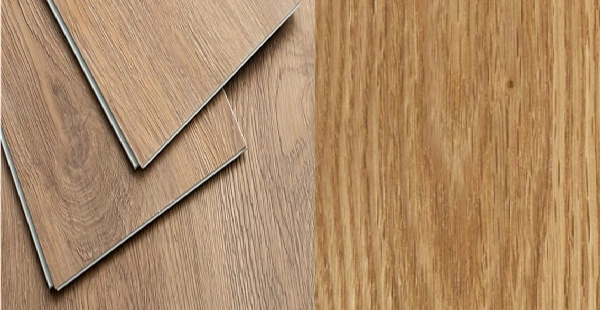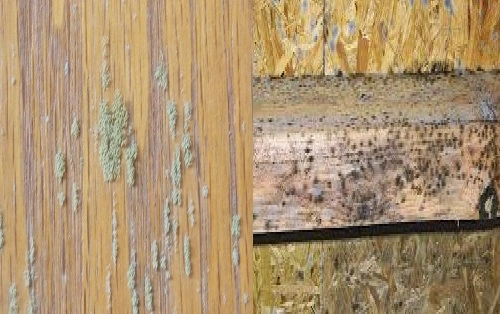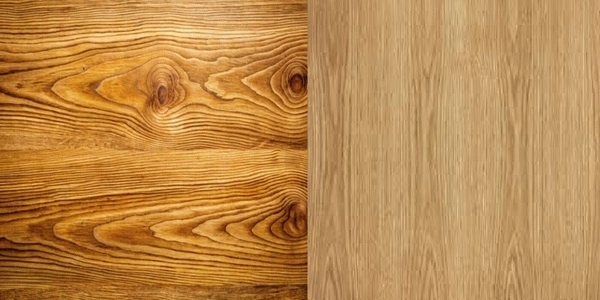When selecting flooring for your home, vinyl wood planks and laminate flooring are two of the most popular choices. Both options offer durability, affordability, and a stylish wood-like appearance, but they differ significantly in composition, performance, and installation. Understanding these differences can help you make an informed decision that meets your needs and fits your lifestyle.
This article compares vinyl wood planks and laminate flooring, exploring their characteristics, advantages, drawbacks, and best applications for different spaces in your home.
What Are Vinyl Wood Planks?
Vinyl wood plank flooring, often referred to as luxury vinyl plank (LVP) or luxury vinyl tile (LVT), is a synthetic flooring material designed to mimic the look and feel of real wood. Made from multiple layers of PVC (polyvinyl chloride), vinyl planks are waterproof, durable, and flexible.
Key Characteristics of Vinyl Wood Planks:
1. Composition: Vinyl planks are made of several layers, including a waterproof core, a printed wood design layer, and a protective wear layer.
2. Appearance: High-quality vinyl planks closely replicate natural wood textures and patterns.
3. Water Resistance: Fully waterproof, making it an ideal choice for kitchens, bathrooms, and basements.
4. Durability: Resistant to scratches, stains, and wear, thanks to its tough outer layer.
What Is Laminate Flooring?
Laminate flooring is a composite flooring material that features a high-density fiberboard (HDF) core and a printed decorative layer that mimics wood or stone. It is topped with a protective clear layer to increase durability.
Key Characteristics of Laminate Flooring:
1. Composition: Made from a wood-based core (HDF or MDF) with a photographic layer that gives it the appearance of wood.
2. Appearance: Offers a realistic wood look, with a wide variety of colors and textures.
3. Water Resistance: While some laminate floors are water-resistant, they are not fully waterproof and can be damaged by standing water.
4. Durability: Scratch-resistant and sturdy, but prone to swelling if exposed to moisture.
Comparison of Vinyl Wood Plank and Laminate Flooring
| Feature | Vinyl Wood Plank | Laminate Flooring |
|---|---|---|
| Material | PVC with a waterproof core | HDF/MDF core with a decorative layer |
| Water Resistance | 100% waterproof | Water-resistant but not waterproof |
| Durability | Excellent for high-traffic and wet areas | Good for dry, high-traffic areas |
| Appearance | Mimics wood with realistic textures | Offers realistic wood look, often more rigid |
| Comfort | Softer underfoot, especially with padding | Firmer underfoot; padding adds some comfort |
| Installation | Click-and-lock or glue-down | Click-and-lock, floating installation |
| Cost | $2–$7 per square foot | $1–$6 per square foot |
| Maintenance | Easy to clean, mop-friendly | Easy to clean, but avoid excessive water |
| Lifespan | 10–20 years | 10–15 years |
Advantages of Vinyl Wood Plank Flooring
1. Waterproof: Vinyl planks are fully waterproof, making them suitable for kitchens, bathrooms, basements, and laundry rooms.
2. Durable: Highly resistant to scratches, stains, and wear, even in high-traffic areas.
3. Versatile: Can be installed in virtually any room, including spaces prone to moisture or humidity.
4. Low Maintenance: Easy to clean with a mop or vacuum and resistant to damage from spills.
5. Soft Underfoot: Vinyl planks are slightly more flexible than laminate, offering a softer feel.
Drawbacks of Vinyl Wood Plank Flooring:
1. Synthetic Feel: While realistic, some vinyl planks may lack the authentic feel of natural wood.
2. Environmental Impact: Made from PVC, vinyl is not biodegradable and has a higher environmental impact compared to wood-based products.
Advantages of Laminate Flooring
1. Realistic Wood Look: Laminate often provides a more rigid and authentic wood-like appearance due to its high-definition photographic layer.
2. Affordable: Generally less expensive than luxury vinyl, laminate is a budget-friendly option for achieving a wood-look floor.
3. Scratch Resistance: Laminate is resistant to scratches and dents, making it a good choice for homes with pets and children.
4. Wide Variety: Available in a vast range of colors, patterns, and finishes, offering design flexibility.
5. Eco-Friendly Options: Some laminate products are made with recycled wood fibers, making them a greener choice.
Drawbacks of Laminate Flooring:
1. Not Waterproof: Laminate can swell or warp when exposed to standing water, making it unsuitable for wet areas.
2. Harder Underfoot: Laminate is less forgiving underfoot than vinyl, though underlayment can improve comfort.
When to Choose Vinyl Wood Plank Flooring?
1. Moisture-Prone Areas: Vinyl planks are the best choice for bathrooms, kitchens, basements, and laundry rooms due to their waterproof nature.
2. Durability Needs: Ideal for high-traffic areas or homes with pets and children where durability is essential.
3. Low-Maintenance Preference: Perfect for homeowners looking for an easy-to-clean flooring solution.
When to Choose Laminate Flooring?
1. Budget-Friendly Projects: Laminate is an economical choice for achieving a wood-look floor in dry spaces.
2. Aesthetic Focus: If you prioritize a more authentic wood appearance, laminate may be a better option.
3. Dry Living Areas: Ideal for living rooms, bedrooms, and offices where water exposure is minimal.
Cost Comparison
1. Vinyl Wood Plank:
- Material Cost: $2–$7 per square foot, depending on quality and brand.
- Installation Cost: DIY-friendly or $1–$3 per square foot for professional installation.
2. Laminate Flooring:
- Material Cost: $1–$6 per square foot, with budget-friendly options available.
- Installation Cost: Typically $1–$3 per square foot, with floating installation being DIY-friendly.
Conclusion
Both vinyl wood planks and laminate flooring are excellent choices for homeowners seeking stylish, durable, and cost-effective flooring options. Vinyl wood planks are the clear winner for moisture-prone areas and homes requiring extra durability, while laminate flooring offers a budget-friendly, authentic wood look for dry spaces.
When making your decision, consider the specific needs of your space, your budget, and your aesthetic preferences. Whether you choose the water-resistant versatility of vinyl or the traditional beauty of laminate, both flooring types can enhance the comfort and value of your home.


